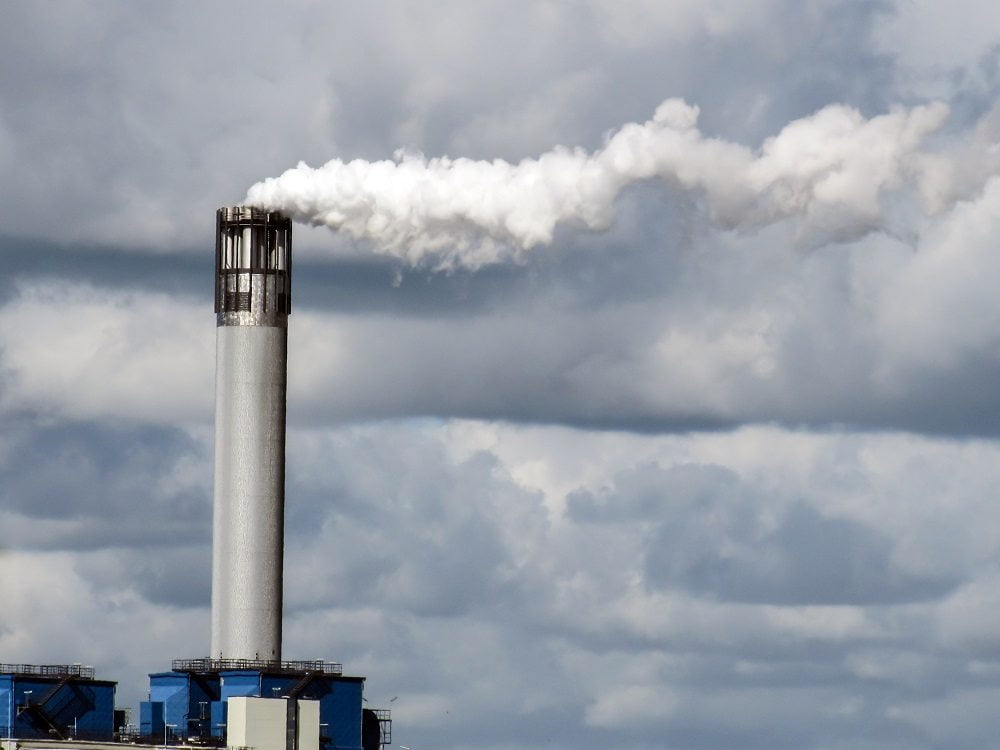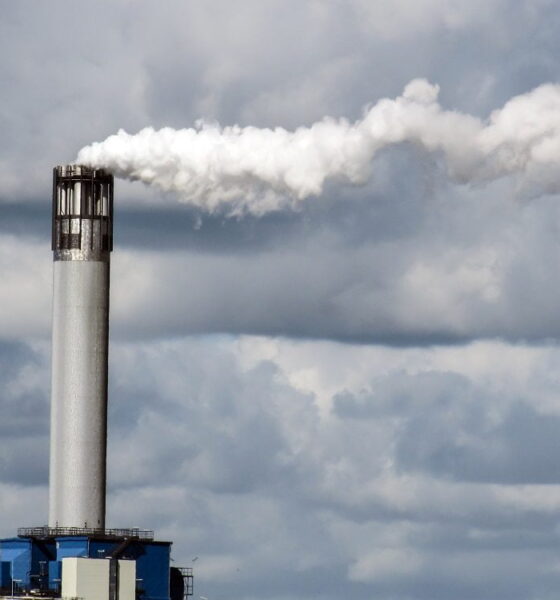

Energy
April carbon dioxide levels above landmark 400ppm threshold for entire month
For the first time in at least 800,000 years, the average level of carbon dioxide in Earth’s atmosphere exceeded 400 parts per million (ppm) for a full month in April.
Measurements made at a National Oceanic and Atmospheric Administration (NOAA) observatory in Hawaii showed that the monthly average in April reached 401.33ppm.
The Scripps Institution of Oceanography at the University of California – which runs the observatory – says it is the first time in human history that levels of the greenhouse gas topped 400ppm over such an extended period of time.
The record came almost a year to the day since the 400ppm barrier was first broken – in May 2013, the first time in an estimated three million years.
The new data shows that carbon dioxide levels have increased by more than 40% since people started burning large quantities of fossil fuels about 250 years ago.
When the Mauna Loa Observatory was launched in 1958, levels were only 313ppm.
According to the UN Intergovernmental Panel on Climate Change (IPCC), in order to limit global warming to the recommended 2C from pre-industrial times, the concentration of all greenhouse gases – including methane and other gasses not counted in the new measurement – must not rise above 450 ppm this century.
Currently, levels are rising at a pace of around 2-3ppm each year.
In an interview with Slate, the director of the Scripps CO2 programme Ralph Keeling said, “We as a planet haven’t done enough yet to address climate change.
“The milestone of 400 parts per million is a measure of the rather poor track record of negotiators and everyone else.”
The most recent report from the IPCC – a comprehensive study on how global warming can be mitigated – warned that global greenhouse gas emissions must be cut by 40-70% from 2010 levels by mid-century, and to near-zero by 2100.
The study warns that without mitigation, rising emissions mean global temperatures may increase by as much as 3.7C to 4.8C from pre-industrial times by the end of the century.
This would far exceed the 2C limit above which scientists fear devastating climate “tipping points” will be crossed.
Photo: Michael & Christa Richert via freeimages
Further reading:
US carbon emissions fall 3.4% in 2012
IPCC report proves fossil fuel investors are ‘wrecking our future’
Leaked IPCC report suggests extracting carbon to fight climate change
Greenhouse gas 7,100 times more powerful than CO2 discovered






























